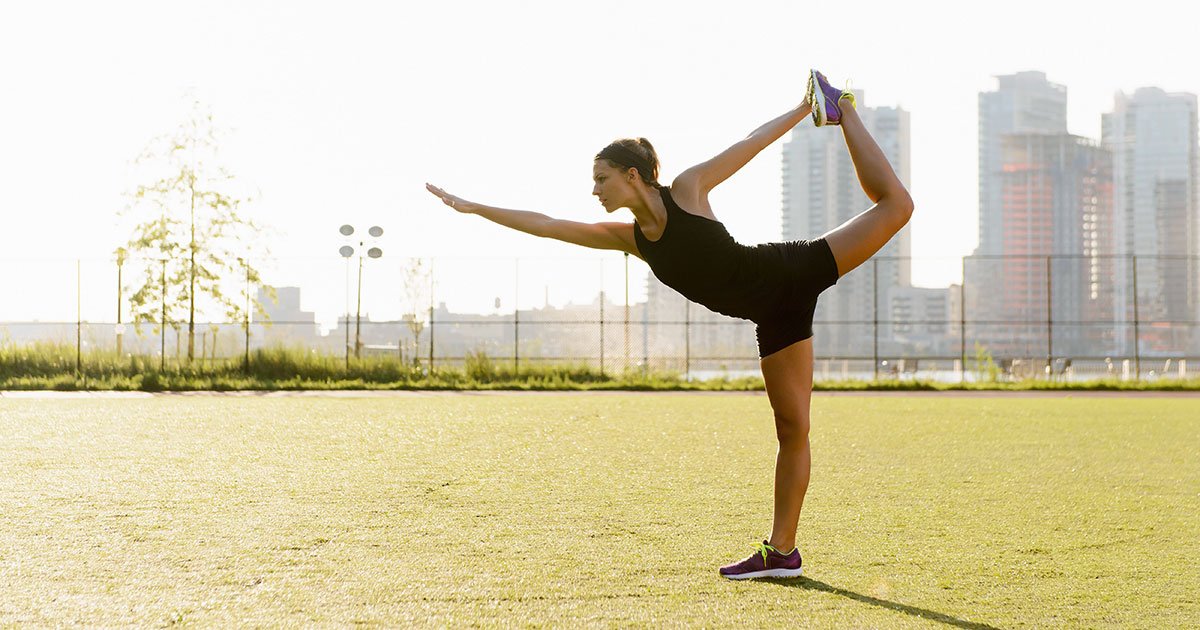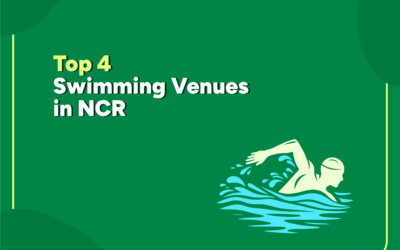You need a good amount of balance and stability to do just about everything. This includes your day to day activities like leaning over to pick up something, walking or even playing a sport. This makes balance and stability training important for your everyday functions as well as enhancing sports performance.
Source.Balance is the ability of an individual to maintain body equilibrium when there is no movement involved like standing on one leg. On the other hand, stability is the body’s ability to maintain equilibrium while in motion. This is hugely applicable to an athlete or even non-athletes who play a sport regularly.
There are various ways in which both balance and stability can be improved. We will look at both as both are different yet complement each other.
Balance = Static equilibrium
Stability = Dynamic equilibrium
Balance training:
These exercises help strengthen the muscles that help maintain the body’s static equilibrium. This is important as it contributes to improve stability and prevent falls.
Examples of simple balance exercises include:
- Stand on one leg with the other leg up
- Stand with the heel of one foot right in front of the toes of the other, like walking on a tightrope
- Close our eyes while standing on one leg and focus on balancing
- Sit on a chair without using your hands and stand up the same way
- Practising yoga is a good way to develop body balance
These can be performed every day. Including strength training every 3 days as this helps strengthen the muscles used to balance.
Stability training:
While playing, an athlete is constantly moving and hence needs to have stability or the ability to maintain dynamic equilibrium. Any directional change, stroke production, kicks, throws etc need the athlete to be in control or stable. Stability helps an athlete do these most effectively and also helps avoid injuries on the field. This is why stability training directly helps enhance sports performance.
Exercises that you should include to improve stability:
-
Single leg kettlebell press:
Stand on the right leg with the other leg up (knee bent at a 90-degree angle). Hold a kettlebell in your left hand and press it straight up. Bring it back to shoulder level. Finish 12 repetitions on one side and then switch. Ensure that you perform this exercise by standing on one leg constantly.
-
Single leg bent over row:
Standing on the right leg hinge at the hips by taking the glutes back till your chest is parallel to the floor. Hold a kettlebell in your right-hand row it up and bring it up close to your hips and back. 1-12 repetitions on each side.
-
One leg toe touch jumps:
Stand on one leg. Bend down to touch your toe while maintaining balance and jump forward on the same leg as you come up. To make this more challenging you could also close your eyes. Another variation of this is when you jump laterally vs. jumping forward. Perform 10 repetitions on each side.
-
Bosu ball drill:
Stand with one leg on the Bosu ball while holding a medicine ball in hand. While you try to balance throw the ball on to a wall and catch it back as it ricochets off it. Try not putting the other leg down or falling off the ball. Perform 10 repetitions on each side.
-
Turkish get-ups:
This exercise is an advanced step into stability training. The video below is a good guide to perform it correctly. 6 repetitions on each side should be good to start with.
When incorporated regularly in your day to day training, these exercises can do wonders to improve your stability, enhance sports performance and minimize injuries. These can be incorporated in various rehab programs as well.
Balance and stability training is often underestimated or misunderstood. It is very important to know that stability precedes strength. Training your core is not enough to improve stability. If you want to effectively train your stabilizers, be smart about your choice of exercises.





0 Comments